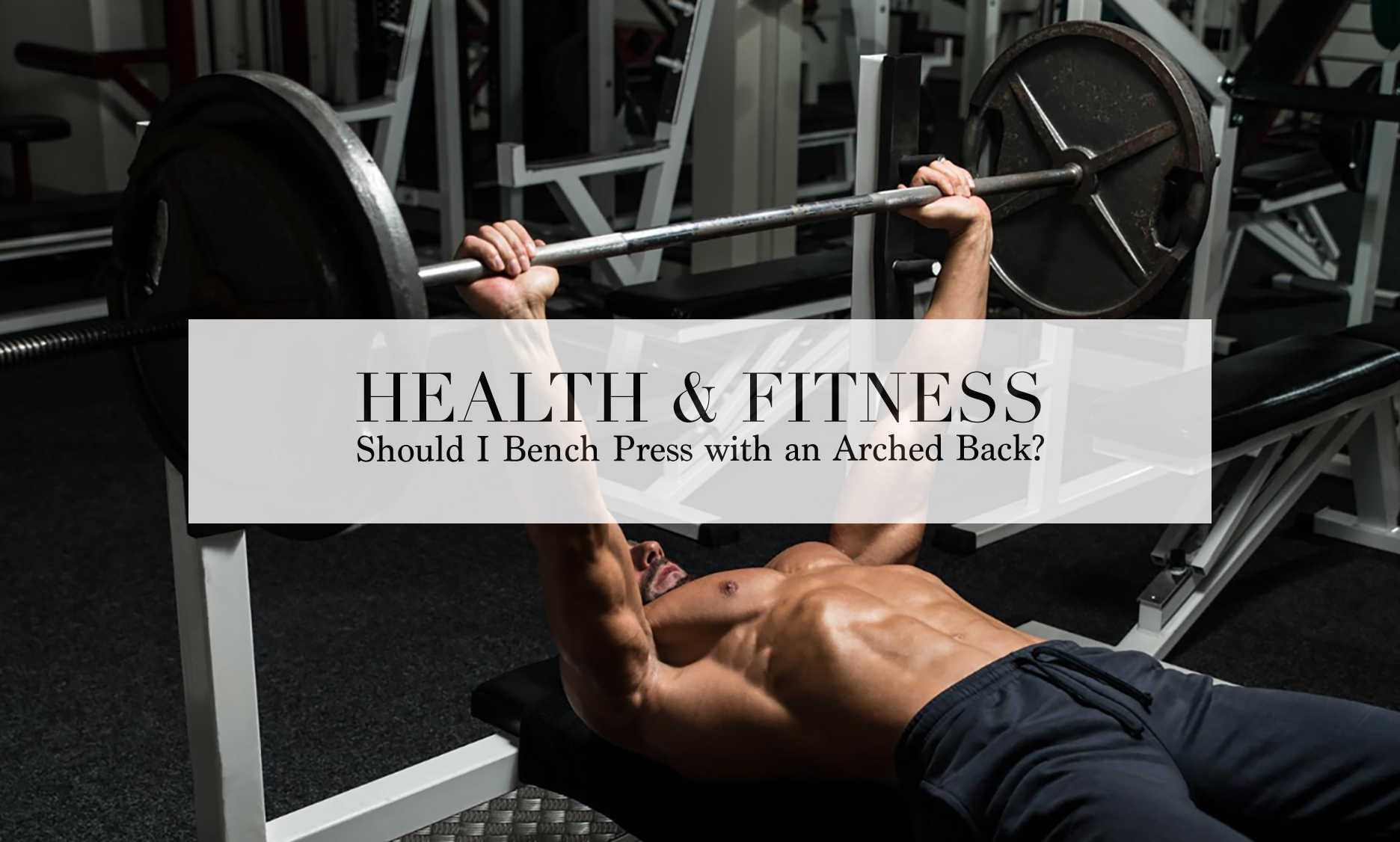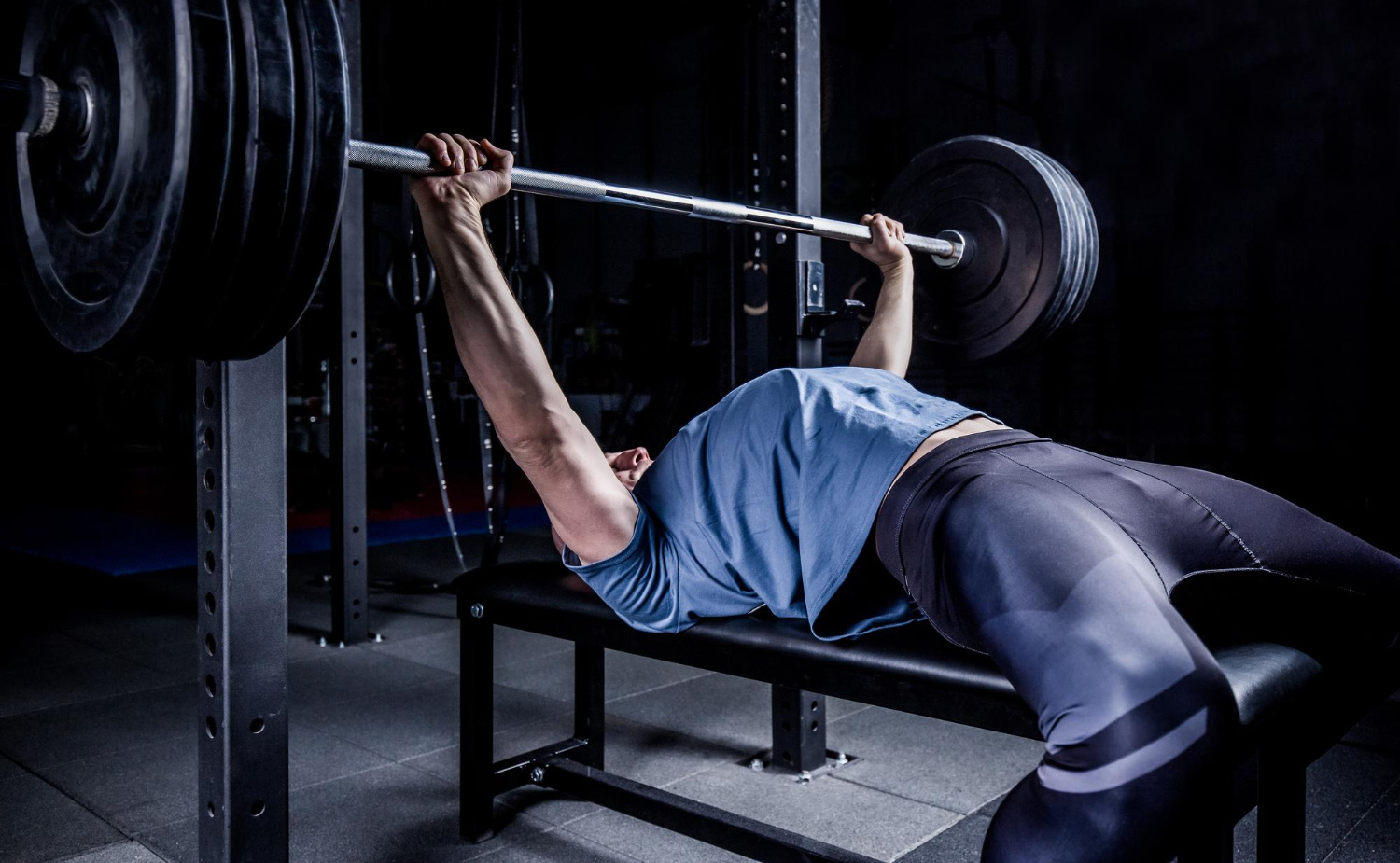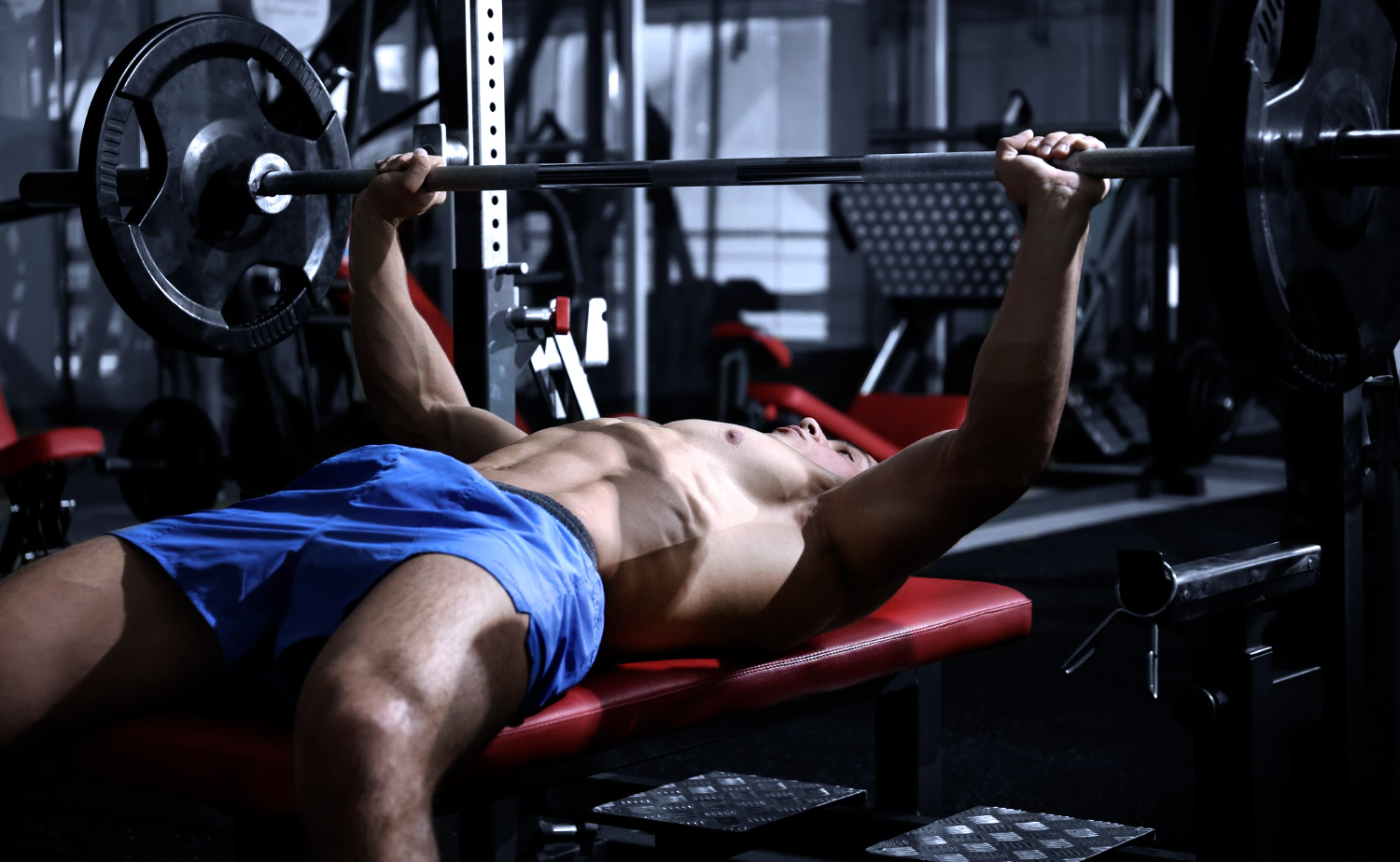The bench press is arguably one of the most popular and effective exercises for building upper body strength and muscle mass. However, there’s often debate surrounding the proper form, particularly regarding whether or not to bench press with an arched back. In this article, we’ll delve into the science behind bench pressing with an arched back, examining its benefits, risks, and whether it’s suitable for everyone.
Understanding the Bench Press
Before we delve into the specifics of bench pressing with an arched back, let’s first understand the mechanics of the exercise. The bench press primarily targets the chest (pectoralis major), shoulders (anterior deltoids), and triceps. It also recruits stabilizing muscles such as the back, core, and even legs to maintain proper form and stability throughout the lift.
The Arched Back Technique
The arched back technique involves deliberately arching the lower back by retracting the shoulder blades and lifting the chest. This creates a natural arch in the spine, with the hips and shoulders making contact with the bench while the lower back remains slightly elevated. Proponents of this technique argue that it enhances stability, shortens the range of motion, and reduces the risk of shoulder injuries.
Benefits of Bench Pressing with an Arched Back
Increased Stability
A study published in the Journal of Strength and Conditioning Research by Saeterbakken et al. (2011) compared the muscle activity and stability between flat-back and arched-back bench press techniques. The researchers found that the arched-back technique significantly increased stability by activating more muscles in the upper back and reducing the load on the shoulders.
Improved Strength and Power Output
An arched back allows lifters to maintain a more advantageous biomechanical position, leading to improved force production. According to a study by Lehman (2005) in the Journal of Strength and Conditioning Research, bench pressing with an arched back resulted in higher levels of electromyographic (EMG) activity in the pectoralis major and triceps muscles compared to flat-back bench pressing.
Reduced Shoulder Strain
By arching the back, the shoulder blades are brought closer together, creating a more stable platform for the shoulders. This reduces the risk of impingement and strain on the shoulder joints during the bench press movement. A study by Schick et al. (2010) in the Journal of Strength and Conditioning Research supports this, suggesting that the arched-back technique may help mitigate shoulder injuries in bench press training.
Considerations and Risks
While bench pressing with an arched back offers several benefits, it may not be suitable for everyone, and there are potential risks to consider.
Spinal Health
One of the primary concerns with bench pressing with an arched back is the potential strain it places on the lumbar spine. Excessive arching can lead to hyperextension, increasing the risk of lower back injuries, particularly for individuals with pre-existing spinal issues. It’s essential to maintain a moderate arch that supports stability without compromising spinal integrity.
Individual Biomechanics
Not everyone’s anatomy is suited to the arched-back technique. Factors such as spinal flexibility, rib cage shape, and shoulder mobility can influence the feasibility and effectiveness of this approach. Some individuals may find it uncomfortable or difficult to maintain proper form while bench pressing with an arched back, leading to decreased performance or increased risk of injury.
Proper Form and Technique
Regardless of whether you choose to bench press with a flat back or an arched back, proper form and technique are paramount to maximise safety and effectiveness. This includes maintaining a stable grip on the barbell, keeping the elbows tucked close to the body, and lowering the barbell under control to the chest while avoiding excessive flaring of the elbows.
Flat-Back Bench Press Technique
Maintaining a flat-back, neutral spine position, during bench pressing can indeed help reduce “cheating” and better target the chest muscles, particularly the pectoralis major. Here’s how:
Assistance from Other Muscles
Flat-Back (Neutral Spine):
- Minimized Lower Body Involvement: By keeping the spine in a more neutral position, there’s less opportunity for leg drive or excessive arching of the lower back to assist in lifting the weight. This places a greater emphasis on the muscles of the upper body, including the chest, shoulders, and triceps, to perform the movement.
- Stabilization Emphasis: A neutral spine requires greater activation of stabilizing muscles, particularly the muscles of the core and upper back, to maintain proper form throughout the lift. This reduces the likelihood of “cheating” by recruiting other muscle groups to compensate for poor stabilization.
Arched Back:
- Increased Lower Body Involvement: Bench pressing with an arched back can sometimes lead to excessive leg drive or momentum generated from the lower body, which may inadvertently reduce the load on the chest muscles. While leg drive can enhance stability and help lift heavier weights, it may also shift the focus away from chest activation, particularly if it becomes the primary driver of the lift. Focusing solely on lifting heavier weights with an arched back technique may lead to muscular imbalances or neglect certain muscle groups. Hypertrophy training often emphasizes a full range of motion and balanced development across muscle groups to maximize muscle growth and aesthetics.
Enhanced Chest Activation
Flat-Back (Neutral Spine):
- Optimized Muscle Length-Tension Relationship: Maintaining a neutral spine position allows for a more optimal length-tension relationship of the chest muscles throughout the range of motion. This ensures that the chest muscles are maximally activated and engaged throughout the entire bench press movement, leading to greater muscle recruitment and potential hypertrophy stimulation.
Arched Back:
- Reduced Range of Motion: While an arched back may provide stability and leverage advantages, beneficial in powerlifting, it can also limit the range of motion of the bench press. This may restrict the degree to which the chest muscles are stretched and activated. A shorter range of motion may reduce the overall muscle activation and time under tension experienced by the target muscles, potentially compromising hypertrophy gains.
Bench pressing with an arched back can be a beneficial technique for enhancing stability, strength, and shoulder health. However, it’s essential to approach it with caution and consideration for individual biomechanics and spinal health.
Maintaining a more neutral spine position during bench pressing can help reduce “cheating” by minimizing assistance from other muscle groups, particularly the lower body, and place a greater emphasis on targeting the chest muscles. By focusing on proper form and technique, lifters can optimize chest activation and stimulate muscle growth more effectively.
However, it’s essential to find a balance between stability, range of motion, and muscle activation to ensure safe and effective bench press performance. Whether you opt for a flat-back or arched-back technique, prioritise proper form, and listen to your body to minimise the risk of injury and maximise the effectiveness of your bench press workouts.
References
- Saeterbakken, A. H., Fimland, M. S., & Kolnes, M. K. (2011). Effects of body position and loading modality on muscle activity and strength in shoulder presses. Journal of Strength and Conditioning Research, 25(7), 194-200.
- Lehman, G. J. (2005). The influence of grip width and forearm pronation/supination on upper-body myoelectric activity during the flat bench press. Journal of Strength and Conditioning Research, 19(3), 587-591.
- Schick, E. E., Coburn, J. W., Brown, L. E., Judelson, D. A., Khamoui, A. V., Tran, T. T., & Uribe, B. P. (2010). A comparison of muscle activation between a Smith machine and free weight bench press. Journal of Strength and Conditioning Research, 24(3), 779-784.



